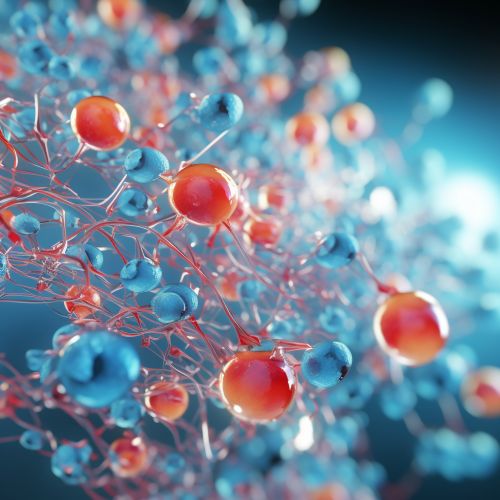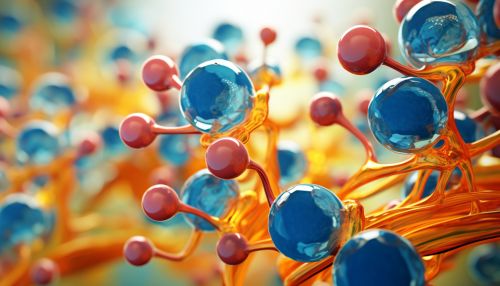The Biochemistry of Cellular Metabolism
Introduction
Cellular metabolism is a set of biochemical reactions that occur within the cells of living organisms. These reactions are crucial for maintaining life as they are responsible for the conversion of nutrients into energy and the elimination of metabolic waste products. The study of these reactions and their regulation forms the core of biochemistry.


Overview of Cellular Metabolism
Cellular metabolism involves various biochemical pathways that are interconnected. These pathways can be categorized into two main types: catabolic and anabolic reactions. Catabolic reactions break down large molecules into smaller ones and release energy, while anabolic reactions build up large molecules from smaller ones and consume energy.
Catabolic Pathways
Catabolic pathways are responsible for the breakdown of complex molecules into simpler ones. This process releases energy that is used to drive various cellular processes. The three main types of catabolic pathways are glycolysis, the citric acid cycle, and oxidative phosphorylation.
Glycolysis
Glycolysis is the metabolic pathway that converts glucose, the primary carbohydrate, into pyruvate. This process releases energy in the form of ATP (adenosine triphosphate) and NADH (nicotinamide adenine dinucleotide).


Citric Acid Cycle
The citric acid cycle, also known as the Krebs cycle or the tricarboxylic acid cycle, is a series of chemical reactions that generates energy through the oxidation of acetyl-CoA derived from carbohydrates, fats, and proteins into carbon dioxide.
Oxidative Phosphorylation
Oxidative phosphorylation is the metabolic pathway in which cells use enzymes to oxidize nutrients, thereby releasing energy which is used to produce ATP. It is the final stage of cellular respiration, following glycolysis and the citric acid cycle.
Anabolic Pathways
Anabolic pathways are responsible for the synthesis of complex molecules from simpler ones. These pathways consume energy in the form of ATP. The main types of anabolic pathways are gluconeogenesis, protein synthesis, and lipid synthesis.
Gluconeogenesis
Gluconeogenesis is a metabolic pathway that results in the generation of glucose from non-carbohydrate carbon substrates such as lactate, glycerol, and glucogenic amino acids.


Protein Synthesis
Protein synthesis is the process by which cells generate new proteins. It involves two main stages: transcription, where the DNA sequence is copied to make mRNA (messenger RNA), and translation, where the mRNA sequence is used to assemble amino acids into a polypeptide chain.
Lipid Synthesis
Lipid synthesis, also known as lipogenesis, is the process by which acetyl-CoA is converted to fatty acids. The fatty acids can then be further converted into triglycerides, which are the main form of long-term energy storage in animals.
Regulation of Cellular Metabolism
The regulation of cellular metabolism involves various mechanisms that control the rate and direction of metabolic reactions. These mechanisms include enzyme regulation, gene regulation, and the control of energy transfer.


Conclusion
Understanding the biochemistry of cellular metabolism is crucial for comprehending how cells function and how various diseases can affect these processes. It forms the basis for the development of drugs and therapies for a wide range of diseases, including cancer, diabetes, and neurodegenerative disorders.
